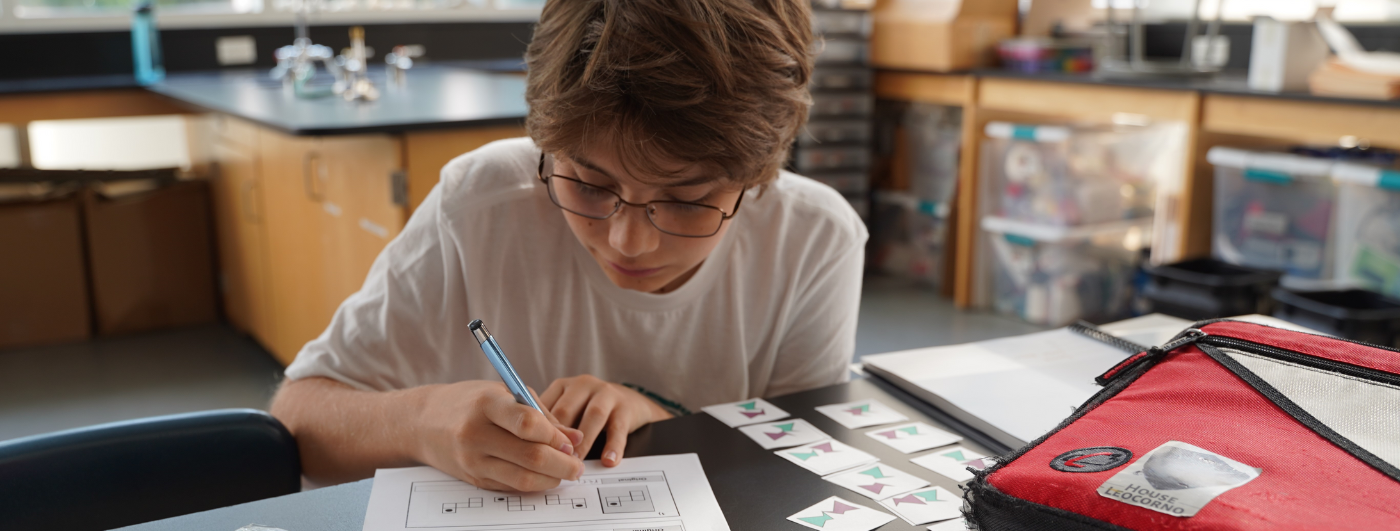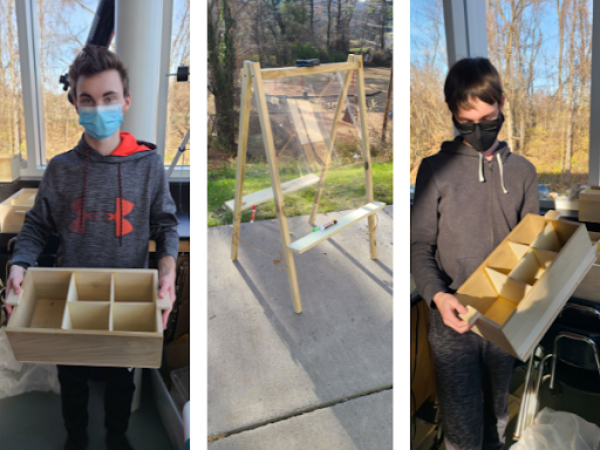Empowering students with language-based learning differences

Siena Blog



The Siena School Blog
Discover, Learn, Celebrate, and Empower
Welcome to Siena's blog, your source for helpful, cutting-edge resources tailored to teachers, parents, and other advocates in the learning differences community. We are dedicated to providing a wealth of curated knowledge spanning various topics, ranging from dyslexia advocacy and awareness to classroom teaching strategies, heritage month profiles, and social and emotional health.
Discover innovative classroom strategies that inspire creativity and foster a love of learning.
Our commitment to social-emotional wellness ensures that we provide valuable insights into healthy student development and self-advocacy.
Discover resources, reading and podcast recommendations, volunteering opportunities, and more for parents in the LD community.
Our important heritage month posts highlight key people, offer reading and podcast recommendations, and more.
Authentic Assessments and Project-Based Learning at Siena

Avg. read time: 3 min.
What Is Authentic Assessment and Project-Based Learning?
With schools starting up, teachers might be looking to use new measures of student learning that are engaging and meaningful. Accurate assessment methods are especially important for students with dyslexia: they typically do better with multi-step projects that involve ample communication, collaboration, and creativity and that aren’t writing-centric.
Such project-based student learning overlaps with authentic assessment, a term coined in the 1980s by the late educational researcher Grant Wiggins. Wiggins insisted that an authentic task should be worth redoing—not just for rote memorization or a better grade, but for a better understanding. Authentic assessments typically involve four key areas:
- Engagement
- Meaningful Feedback
- Diverse Learning Objectives
- Interdisciplinarity
Project-based learning is increasingly common in K-12 schools for teachers as a way for “students [to] learn content and skills while working collaboratively, thinking critically and often revising their work” over multiple weeks, as this U.S. News & World Report article notes. This approach connects students to the tasks and challenges they might eventually see in Humanities, STEM, and other fields.
Authentic Assessment and Project-Based Learning at Siena
As Siena’s Director of Technology Simon Kanter notes, “We’re always assessing a variety of skills, not just content knowledge, in our classes.” While students write some content for their summative projects, writing isn’t the centerpiece of such work. This approach is especially effective for our students because it both allows them to showcase their skills in ways that make the most sense to them and plays to their many strengths.
Here are some examples of authentic assessments at Siena:
- When discussing energy in middle school science, Jennifer Chambers presents her students with a real-world challenge to design, build, and test a roller coaster that works using a minimal amount of fossil fuel energy. After weeks of testing and collaborating, students then pitch their project to an imaginary CEO.
- Kristian Whipple’s high school visual arts students take the school photos each year on Picture Day, fitting their class work and photographic talents directly into the real-world production of our yearbook photos and other visual content.
- Nick Franson’s high school engineering students recently made outdoor easels and organizer boxes for a local nature preschool as a way to apply their knowledge of woodworking and engineering techniques and to provide a usable product. Franson’s students have also made set pieces for Siena’s theater department performances as part of the engineering curriculum.
Last school year, Middle School Dean of Students and Director of Student Life Megan Noyes had students create an amusement park based on their study of ancient civilizations in her social studies classes. Noyes assessed students on their content knowledge and ability to connect each attraction to ancient history, their presentation, and their creativity. Students used their artistic skills, science and reasoning skills, and writing skills to put together engaging, multisensory presentations.
After completing the project, they presented their amusement park to the class as if they were in a commercial. Some of the attractions included a ride called Artemis’s Aim where riders would shoot a bow and arrow at targets, Bath House Bistro where people ate in a jacuzzi like they were in a Roman bath house, and a ride called Fertile Crescent Water fight where riders have a water gun fight with the water from the banks of the Tigris and Euphrates rivers. Students also designed maps of their parks’ attractions. Students demonstrated their depth of knowledge about ancient civilizations throughout their presentations.
For Noyes, “This project was a great way for students to demonstrate the overall knowledge of ancient history that they learned over the year, apply it by using higher-order thinking to connect it to a real world theme, and get to have fun as well.”
Resources for Authentic Assessment and Project-Based Learning
Across all divisions, Siena teachers design their projects to enable students to do what they’ve always been doing in a class, while also showcasing their strong analytical and creative skills. Siena’s Simon Kanter sums it up: “Since we’re strongly student-centered, we enable the students to learn and be assessed in the ways that work best for them. We value assessments that are engaging to our students and more meaningful to everyone involved, as well as those that match our multisensory teaching methods.”
See here for some additional materials and resources for authentic assessment:
- Edutopia has several pieces on authentic assessments and project-based learning;
- Boston University’s Project-Based Learning: Teaching Guide and Ask a Tech Teacher’s 7 Authentic Assessment Tools have numerous ideas for teachers; and,
- Indiana University Bloomington has a helpful overview of authentic assessment in its teacher resources, including a grid distinguishing typical tasks, authentic tasks, and indicators of authenticity.
The Siena School blog has ample material about Siena’s teaching methods and learning objectives, including multisensory math in our classrooms and dyslexia advocacy and accommodations for our students.
The Siena School proudly serves students with dyslexia and other language-based learning differences in grades 3-12 on campuses in Silver Spring, Maryland, and Oakton, Virginia.
